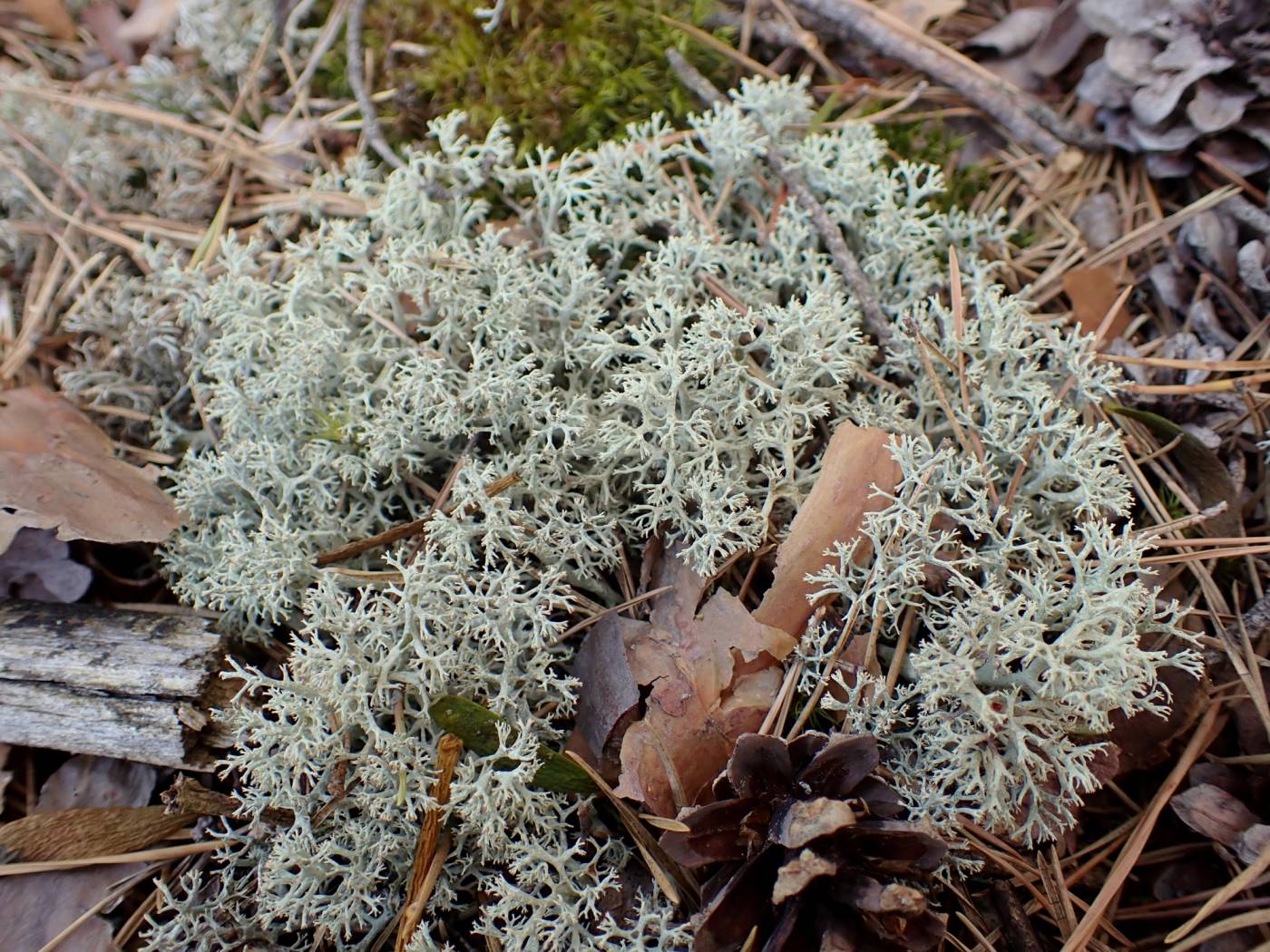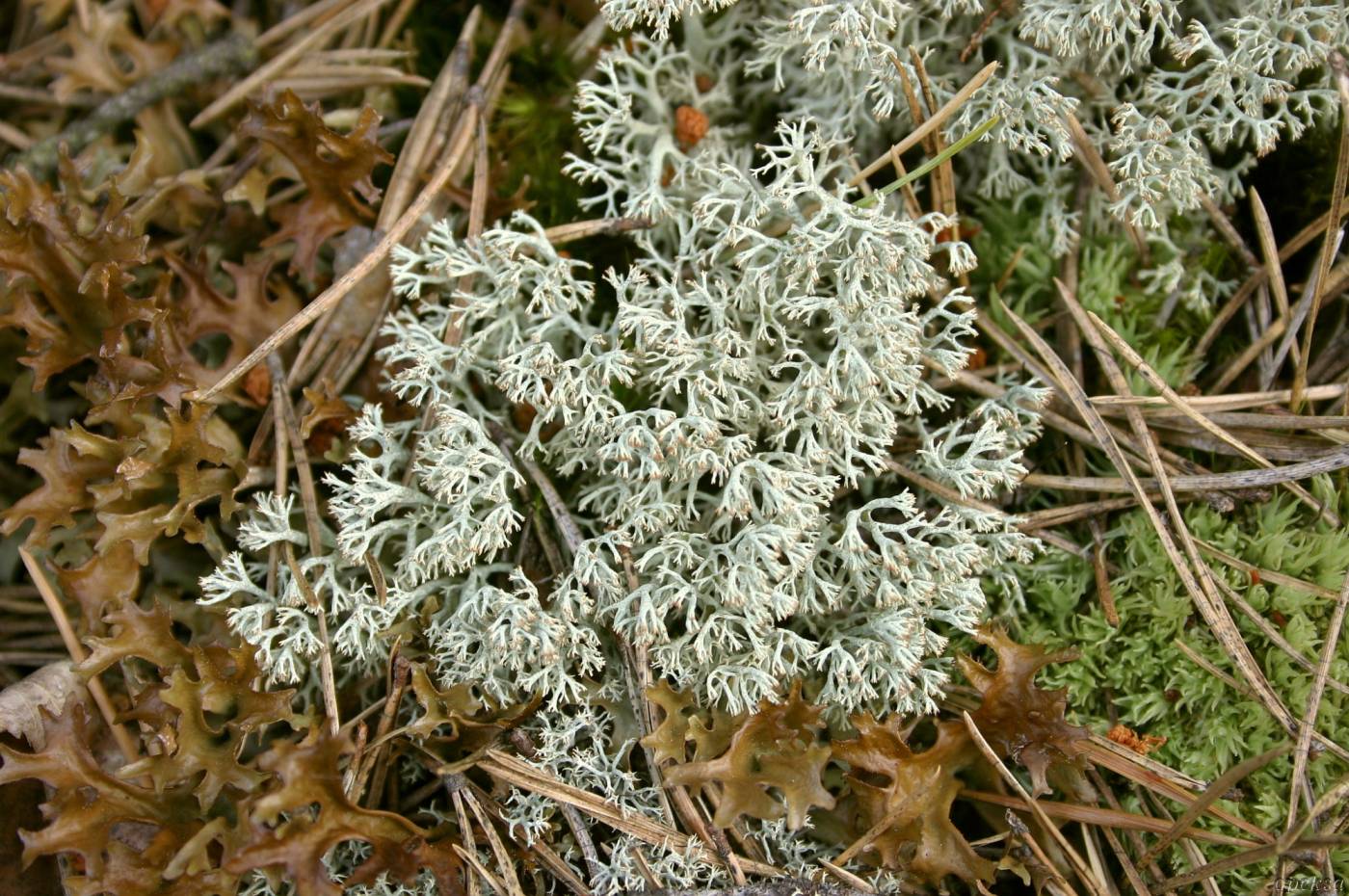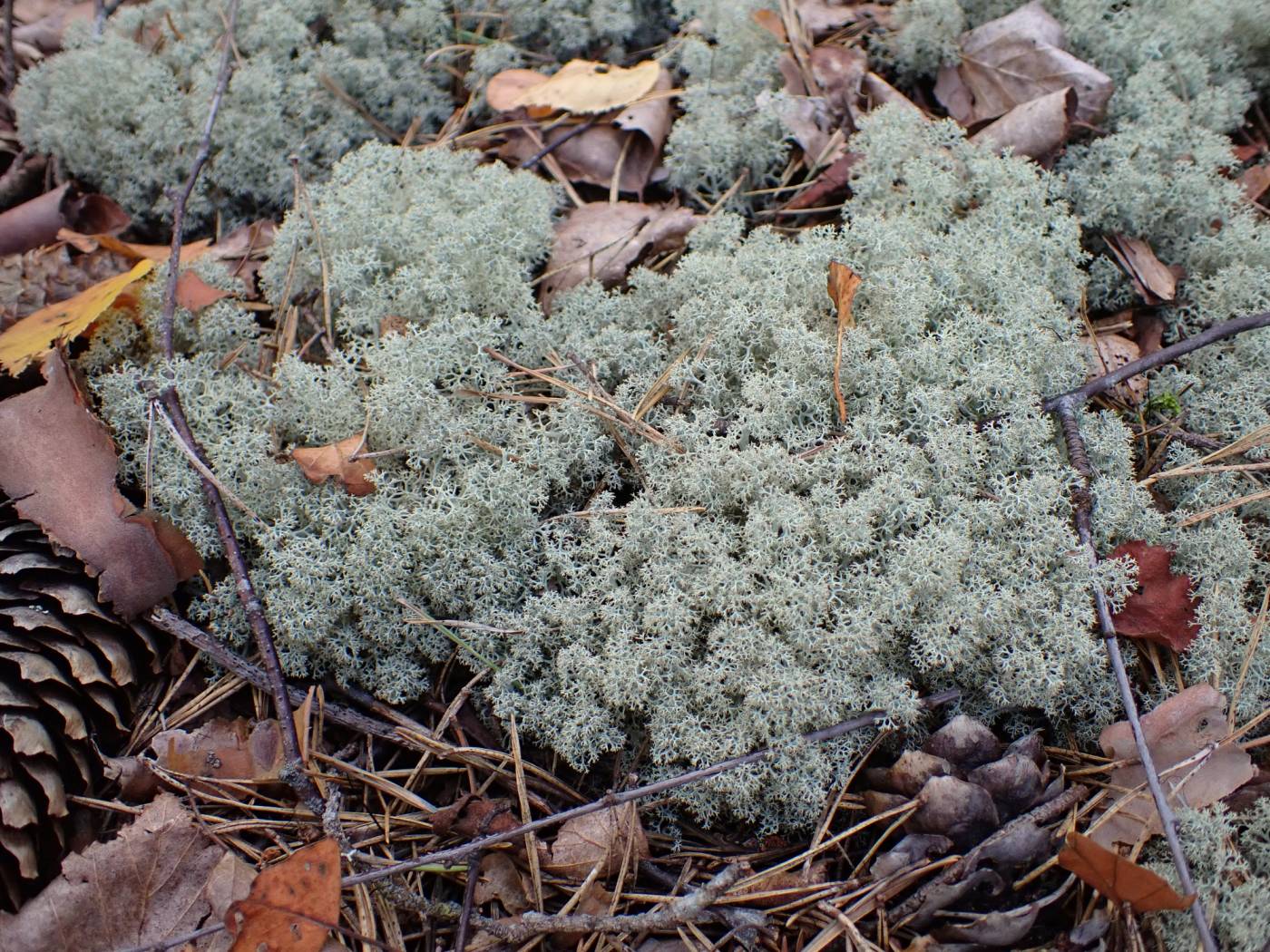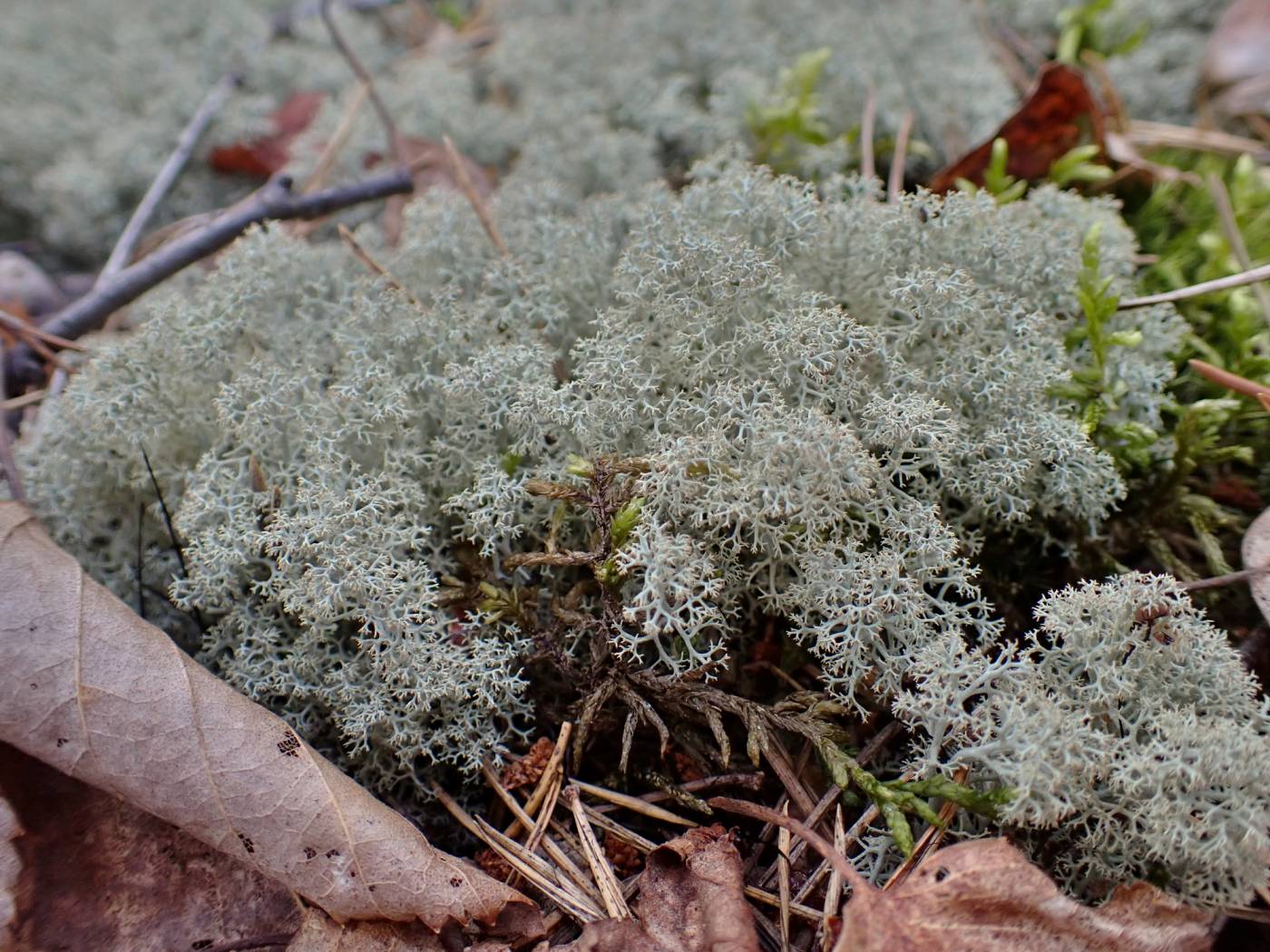Cladonia arbuscula is similar to the better-known C. rangiferina, which it often grows together with but differs in yellowish colour due to the content of usnic acid. In the past, it was not distinguished from the very similar C. mitis, which has more subtle podetia and does not contain fumarprotocetraric acid (Pd-), thus is not bitter in taste.
Cladonia arbuscula grows on acidic soil and humus on various extreme stands with low competition from vascular plants, such as heathlands, screes, montane treeless zones, sandbanks, relic pine forests and rocky steppes. In Europe and in the Czech Republic, it can be found on suitable stands from lowlands to mountains. It seems to be rarer in Moravia than in Bohemia.
The type specimen of C. arbuscula comes from Germany and belongs to the rare chemotype with psoromic acid. That´s why a great part of European and Czech records has been published as subsp. squarrosa (with fumarprotocetraric acid). Currently, the names are considered synonymic (Ahti & Stenroos 2013).
Literature: Ahti T. & Stenroos S. (2013): Cladoniaceae. – In: Ahti T., Stenroos S. & Moberg R. [eds], Nordic Lichen Flora 5: 87–89.
taxonomic classification:Ascomycota → Lecanoromycetes → Lecanorales → Cladoniaceae → Cladonia
most frequented synonyms:Cladonia arbuscula subsp. squarrosa, Cladonia sylvatica auct.Occurrence in the Czech Republic
All records: 398, confirmed 256. One click on a selected square displays particular record(s), including their source(s).




